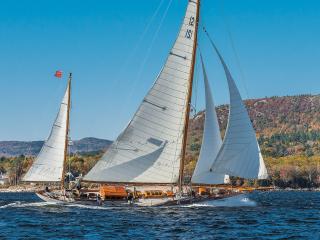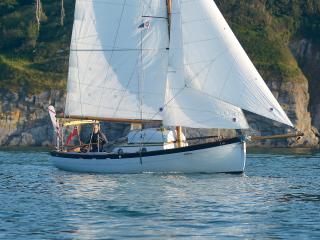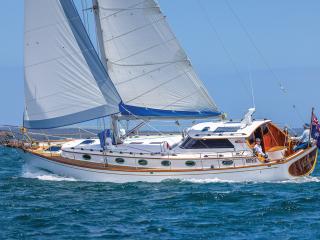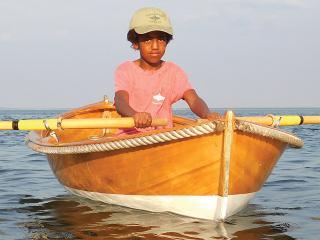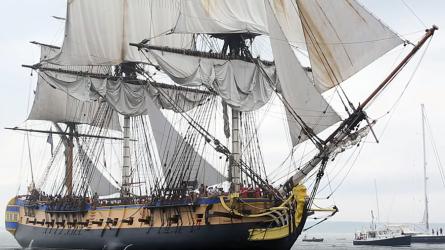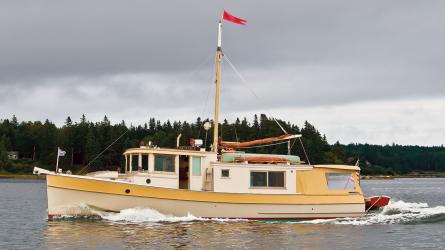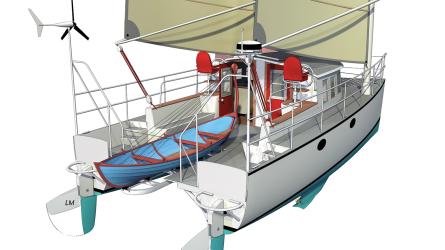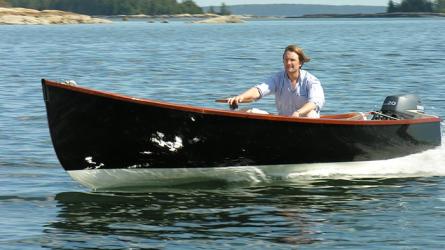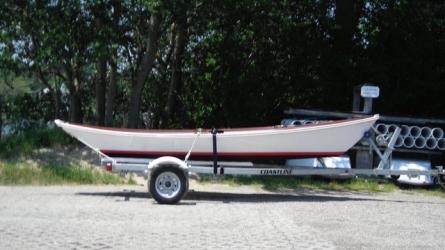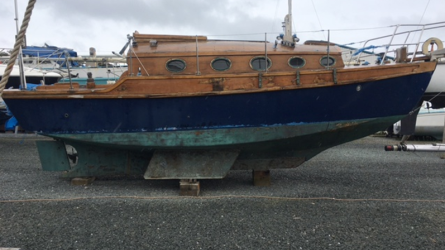May / June 2022
Maintenance with a Mission
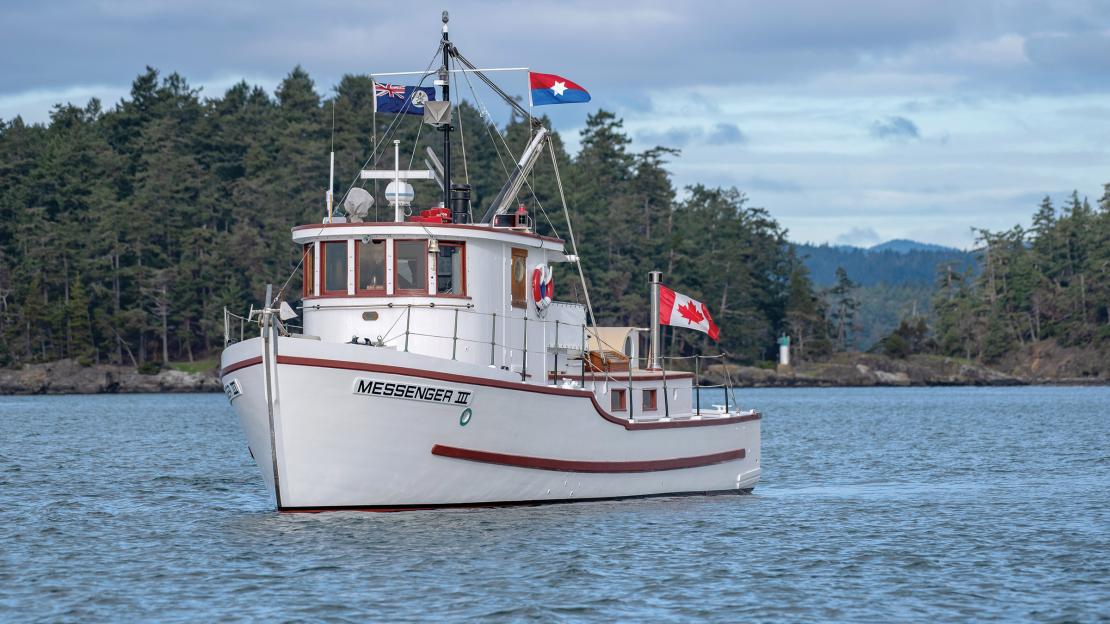
JAMES HOLKKO/MARITIME MUSEUM OF BRITISH COLUMBIA
Bill Noon, MESSENGER III’s third and current owner, has completed significant refits during his 20 years of ownership without missing a season of cruising her home waters off Vancouver Island, British Columbia.
In 2000, Bill Noon of Victoria, British Columbia, embarked on a program of restoration and improvement projects on his 50' powerboat, MESSENGER III, that he thought would take 15 years to complete. The work has now stretched beyond two decades. But as it turns out, Noon, a retired Canadian Coast Guard captain, has been preserving a key element of the 75-year-old boat’s heritage. His extended program of maintenance and upgrades has kept the boat in service continually and averted major restoration. The boat was built to work, and Noon, as only the third owner, has carried forward an ownership philosophy that I like to call “pragmatic functionalism.”
MESSENGER III was built in 1946 for the Shantymen’s Christian Association (SCA) for religious missions to the numerous First Nations communities, logging camps, and fishing camps along the rugged west coast of Vancouver Island. She is one of the few survivors of 91 mission boats of various sizes known to have served in this role in the province. For more than two decades, she ranged along the 285-mile-long island from its southernmost point at Race Rocks Lighthouse to its northwesternmost point at Cape Scott, with stops at isolated outposts in between. Every summer MESSENGER III carried children to summer camps that the SCA ran at several locations, and she also occasionally served as an ambulance vessel for a mission hospital at Esperanza, about two-thirds of the way up the island.
MESSENGER III, 50' LOA with a beam of 12' 8" and a draft of 5' 9", was built by a Victoria shipyard, Falconer Marine Industries, that specialized in fishing boats and workboats. She and a sistership, the fishing troller NIPENTUCK, were built side-by-side to the same plans by the yard’s designer, identified only as W. Barber. Her builders used Douglas-fir for her keel, keelson, engine bedlogs, horn timber, frames, and planking. Her frames are of white oak and her stem and sternpost are of gumwood. Her displacement is 30.86 tons, or 66,216 lbs. Her ballast consists of two large iron bars bolted to her keel and concrete poured in the bilges. Oddly, she has additional trim ballast in the form of a bunch of plastic-coated shuffleboard discs.
To read the rest of this article:
Click the button below to log into your Digital Issue Access account.
No digital access? Subscribe or upgrade to a WoodenBoat Digital Subscription and finish reading this article as well as every article we have published for the past 50-years.
ACCESS TO EXPERIENCE
2-for-1 Print & Digital Subscription Offer
For this holiday season, WoodenBoat is offering our best buy one, get one deal ever. Subscribe with a print & digital subscription for $42.95, and we’ll give you a FREE GIFT SUBSCRIPTION to share with someone special.
1 YEAR SUBSCRIPTION (6 ISSUES)
PLUS ACCESS TO MORE THAN 300 DIGITAL BACK ISSUES
PRINT+DIGITAL $42.95
Subscribe
To read articles from previous issues, you can purchase the issue at The WoodenBoat Store link below.
 Purchase this issue from
Purchase this issue from
